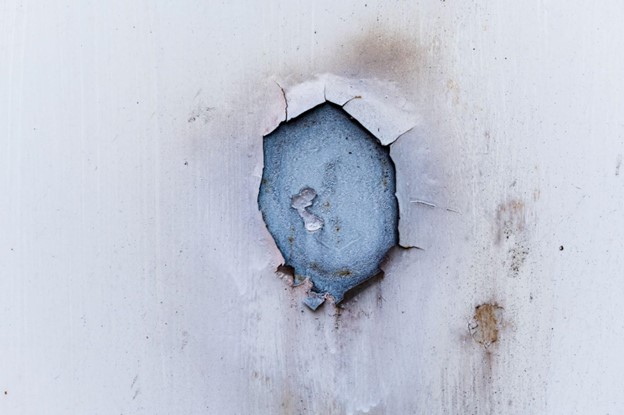Here’s how to Repair Water Damage as a Homeowner

Water damage is undeniably one of the biggest fears of most homeowners as it can take a lot of money, time, and effort to solve. However, if it does occur, it’s best to act fast. Moul can develop in as little as 24 hours, even if the water damage isn’t significant.
Moreover, water damage can cause all sorts of structural and foundation damage that you might not notice until it’s too late. Here’s what you can do to repair water damage as a homeowner:
1. Locate the Source
The very step you must take to solve water damage is to check where the water is coming from. Is it coming from a leaking pipe? Or is seeping in due to cracks in the foundation? Depending on the damage, it may be a quick fix. But, if you find out the problem exists due to a large issue such as corroded pipes, then you might need to opt for a new water line installation.
Also, locating where the water is coming from will also help you check whether it is sanitary or not. Again, even a broken pipe under the sink is not the most ideal situation, but at least the water is clean. The same can’t be said for water damage resulting from a sewer backup.
2. Contact Professionals
At times, the level of water damage in your home is much more than what meets the eye. If left untreated for a long time, it can cause structural and foundation damage. Therefore, it is better to consult a professional than take the matter into your own hands. They will not only help you fix the cause of the water damage but also help assess if the water has seeped into the foundation.
3. Look for Hidden Moisture
Once everything has been fixed and the drying process has begun, you should perform a thorough inspection to check if there are any hidden areas that require damage repair. For instance, water damage can cause the soil beneath the concrete floor to shift. This causes the concrete slabs to move, resulting in an irregular and uneven floor. To tackle this issue, you’ll need to lift concrete and fix it.
Likewise, if the water damage has seeped into the walls, it won’t take long for mold to grow. If mold is found, be careful as some mold can be toxic to humans. If the growth is limited, you may be able to get rid of this issue by yourself. However, invasive mold issues should only be fixed by professionals. So don’t hesitate to call one.
4. Remove Drywall and Other Porous Materials
Lastly, if you notice water damage in the porous materials of your house such as wood, carpet, or walls, you’ll need to remove and replace them. However, if you catch this problem early on, you probably won’t need to go for such an extensive repair. But regardless of how big or small the problem is, it’s best to seek out professional help. The last thing you’d want is to neglect a small problem till it gets big.